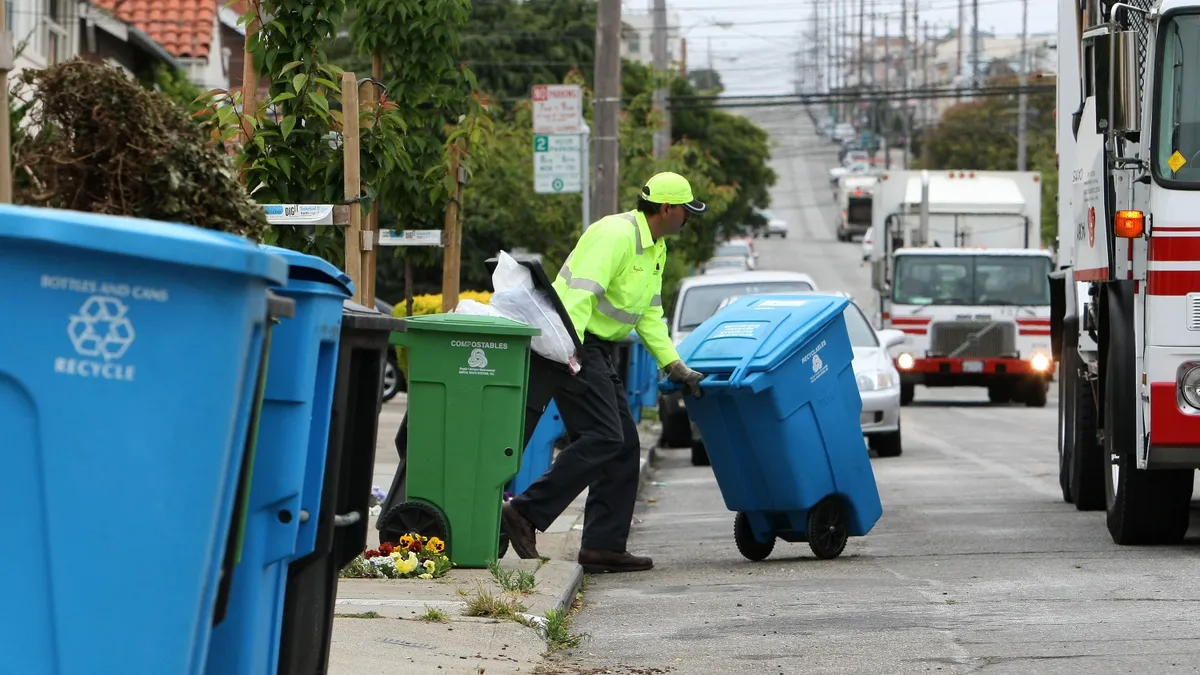Dive summary:
- After the closure of the Biddeford waste-to-energy incinerator in Maine, residents gathered to find an alternative location for their garbage.
- The incinerator, owned and operated by Casella waste, was closed in August of last year after 25 years of complaints from residents about the smell and truck traffic created by the facility.
- A likely option for the city is to send 93,000 tons to a landfill, upsetting residents and those in the waste industry, who say incinerating trash is always a better option than landfills.
From the article:
Originally, Casella proposed to send all 123,000 tons of Maine waste burned each year in the incinerator to Juniper Ridge, but the company later reached an agreement to dispose of 30,000 tons at Penobscot Energy Recovery Co.’s Orrington incinerator, reducing the landfill request to 93,000 tons. An additional 170,000 tons of waste originating from out of state that was burned at MERC is no longer crossing the border into Maine, according to Casella.
“Waste policy is at a crossroads in Maine now,” said Old Town resident Ed Spencer, an intervenor in application process. “We’re just moving the wrong way on the ladder of the hierarchy if this goes through.”
The hierarchy — reduce, reuse, recycle, compost, waste-to-energy and landfill — prioritizes waste management practices in an effort to reduce the amount of landfilled waste in the state. Groups differ on whether that hierarchy is law, requirement or guideline. ...






